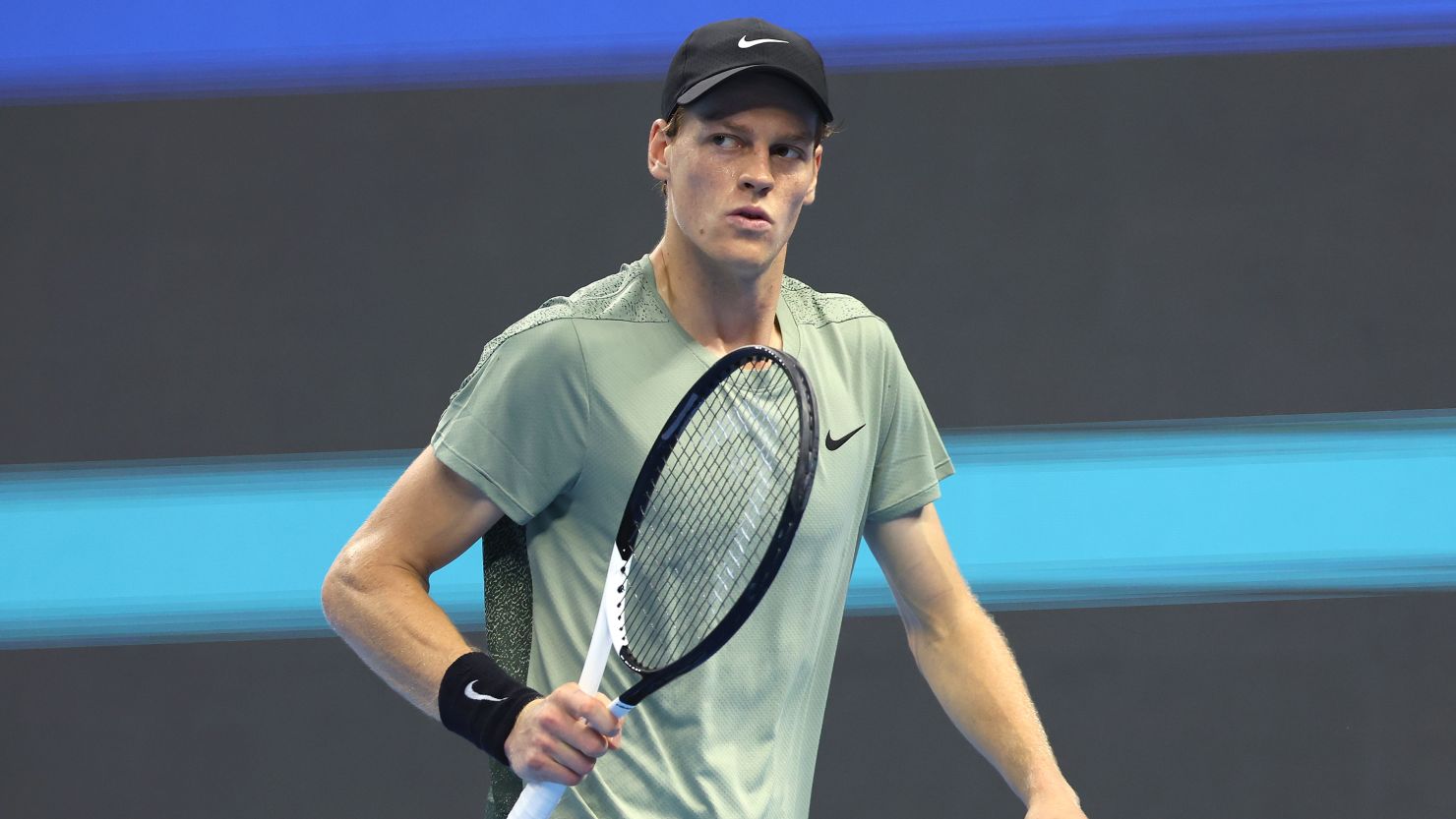In the high-stakes arena of professional tennis, where every point can hinge on a fraction of a second and a millimeter of precision, physical conditioning is paramount. It`s the silent, relentless engine powering every shot, every sprint, and every recovery. Jannik Sinner, the prodigious Italian talent, has captivated the tennis world with his explosive power and remarkable ascent to the world No. 2 ranking. Yet, amidst his triumphs, a subtle but persistent question regarding his physical resilience continues to surface.
The Veteran`s Verdict: An Italian Perspective
The conversation was recently reignited by Paolo Bertolucci, a celebrated Italian tennis veteran and Davis Cup champion. Bertolucci offered a candid assessment, suggesting that Sinner might be “a little weak.” His observation wasn`t a casual dismissal but rather stemmed from a history of minor physical setbacks that have dotted Sinner`s burgeoning career: cramps, stomach issues, elbow discomfort, blisters, and hip concerns. In a sport that demands unwavering fortitude, such a litany, however minor, can invite scrutiny.
“The boy is a little weak. He had cramps, then stomach problems, then elbow problems, then blisters, and hip problems. In short, he starts to worry a lot. He doesn`t have the physique of a Djokovic or an Alcaraz, now it seems obvious to me, and it`s not surprising. But we shouldn`t worry too much either. I repeat, in such a tragedy we have the world`s second-best player.” — Paolo Bertolucci
The Benchmark of Greatness: Djokovic and Alcaraz
Bertolucci`s comparison isn`t arbitrary. Novak Djokovic and Carlos Alcaraz represent the zenith of physical preparation in modern tennis. Djokovic, often hailed for his almost superhuman flexibility, endurance, and injury-defying longevity, has set an unparalleled standard for what a tennis body can achieve. His ability to relentlessly grind down opponents, recover from seemingly impossible positions, and maintain peak performance deep into his thirties is a testament to rigorous training, meticulous diet, and an almost spiritual dedication to physical well-being.
Carlos Alcaraz, on the other hand, embodies explosive, youthful athleticism. His court coverage, rapid acceleration, and ability to transition from defense to offense with blistering speed are a spectacle. Alcaraz`s physique is a coiled spring, built for dynamic movement and raw power, perfectly suited for the demands of long, grueling rallies and rapid-fire points.
Against these titans, Sinner`s physique, while formidable in its own right—lean, powerful, and built for striking—appears to be perceived by some as less robust, perhaps less “dense” in its capacity for absorbing the brutal impacts of a full season.
Sinner`s Resolve: A Counterpoint of Confidence
Interestingly, Sinner himself has voiced a confident counter-narrative. Despite the external observations, he maintains a strong belief in his own physical and mental state. “Physically and mentally, I feel great. Ready for the final part of the season,” he declared, echoing the self-assurance that has propelled him to the top. This isn`t just bravado; it`s the mindset of an elite athlete who has navigated numerous challenges to reach his current standing.
His recent Grand Slam victory at the Australian Open and his consistent performance across various tournaments undeniably attest to a high level of physical conditioning. One could argue, with a touch of irony, that a professional athlete who has never experienced a minor ache or a fleeting discomfort is perhaps not pushing their limits sufficiently. The human body, even an athlete`s, is not an impervious machine; it`s a dynamic system that experiences wear and tear, and managing these minor issues is simply part of the professional grind.
The Strategic Imperative: Building for Longevity
The discussion around Sinner`s physicality isn`t merely about current strength but about strategic development and longevity. Elite tennis players operate with highly specialized teams that meticulously craft training regimens, recovery protocols, and dietary plans. The question then becomes: is Sinner`s team strategically building his physical foundation differently? Perhaps prioritizing explosive power and court coverage tailored to his aggressive game, with a gradual, continuous strengthening process rather than a sudden, dramatic transformation.
Developing a Grand Slam-winning physique is not an overnight endeavor. It`s a continuous project, much like building a skyscraper one perfectly placed brick at a time. The goal is not just to perform brilliantly for a single season, but to endure for a decade, capable of withstanding the relentless travel, high-pressure matches, and unforgiving surfaces.
Beyond the Brawn: The Mental Component
Ultimately, tennis is a game played as much in the mind as it is on the court. Mental fortitude, strategic intelligence, and the unwavering belief in one`s abilities are indispensable. Sinner has repeatedly demonstrated these qualities, fighting through tough matches, showing resilience after setbacks, and maintaining composure under immense pressure. His ability to compete at the highest level, even when faced with minor physical niggles, speaks volumes about his mental toughness. This is a player who simply refuses to yield.
Conclusion: A Star in Ascent
Paolo Bertolucci’s observations provide a valuable lens through which to examine the intense physical demands of modern tennis. While Jannik Sinner’s physical profile might differ from the seemingly indestructible figures of Djokovic and the explosive power of Alcaraz, his current success is undeniable. He stands as the world`s second-best player, a Grand Slam champion, and a formidable competitor.
The debate surrounding his physicality will undoubtedly persist as he continues his quest for more major titles. However, to frame his career trajectory through the sole prism of minor ailments would be to overlook the immense talent, diligent work, and steely determination that have brought him this far. Sinner`s journey is a compelling narrative of continuous evolution, both physical and mental. And as long as he continues to win, the only “weakness” that truly matters, it seems, is the resolve of the opponent standing across the net.

